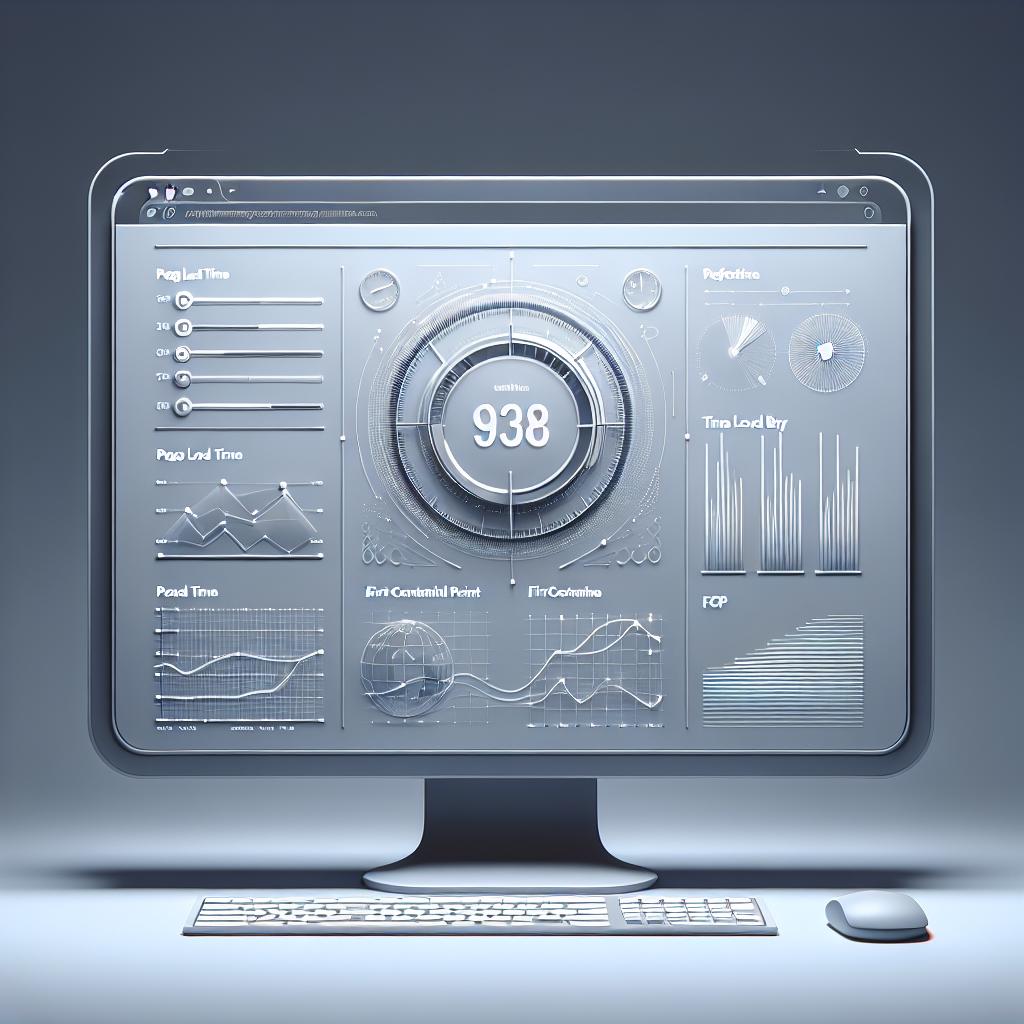In today's digital landscape, where cyber threats are increasingly sophisticated, ensuring the security of your website is paramount. One of the critical components of website security is the implementation of SSL (Secure Sockets Layer) and TLS (Transport Layer Security) protocols. These protocols encrypt data transmitted between a user's browser and your web server, safeguarding sensitive information such as login credentials, payment details, and personal data. However, simply having SSL/TLS in place is not enough; continuous monitoring of these protocols is essential for maintaining robust website security.
Understanding SSL/TLS
Before delving into the importance of monitoring SSL/TLS, it’s crucial to understand what these protocols are and how they function.
-
SSL: Originally developed by Netscape, SSL is a standard security technology for establishing an encrypted link between a server and a client. Although SSL is still commonly referenced, it has largely been replaced by TLS.
-
TLS: TLS is the successor to SSL and offers improved security features. It ensures that data sent over the internet remains private and integral. TLS operates through a series of handshakes that authenticate the server and, optionally, the client, before establishing a secure connection.
Why SSL/TLS Monitoring is Essential
-
Detecting Expired Certificates: SSL/TLS certificates have a validity period, typically ranging from a few months to a couple of years. If a certificate expires, users will receive warnings when trying to access your site, which can lead to loss of trust and traffic. Regular monitoring helps ensure that certificates are renewed before they expire.
-
Identifying Vulnerabilities: Cyber attackers often exploit vulnerabilities in SSL/TLS configurations. Monitoring tools can help identify weak cipher suites, outdated protocols, or misconfigurations that could expose your site to attacks such as man-in-the-middle (MitM) attacks.
-
Ensuring Compliance: Many industries have regulations that require the use of secure connections for data transmission. Regular monitoring of SSL/TLS can help ensure compliance with standards such as PCI DSS (Payment Card Industry Data Security Standard) and GDPR (General Data Protection Regulation).
-
Maintaining Trust: Users are becoming increasingly aware of online security. A website that does not have a valid SSL/TLS certificate or shows security warnings can deter potential customers. Monitoring helps maintain the integrity of your security measures, fostering trust among users.
-
Performance Optimization: SSL/TLS can impact website performance. Monitoring tools can provide insights into the performance of your SSL/TLS connections, helping you identify and resolve issues that may slow down your site.
-
Alerting on Security Incidents: Continuous monitoring allows for real-time alerts on any suspicious activities or breaches related to SSL/TLS. This proactive approach enables quick responses to potential threats, minimizing damage.
Best Practices for SSL/TLS Monitoring
To effectively monitor SSL/TLS, consider implementing the following best practices:
-
Automate Certificate Management: Use automated tools to manage SSL/TLS certificates, including renewal and deployment. This reduces the risk of human error and ensures that certificates are always up to date.
-
Regular Vulnerability Scanning: Conduct regular scans of your website to identify vulnerabilities in your SSL/TLS configuration. Tools like Qualys SSL Labs can provide detailed reports on your SSL/TLS setup.
-
Implement HSTS: HTTP Strict Transport Security (HSTS) is a web security policy mechanism that helps protect websites against man-in-the-middle attacks. By enforcing the use of HTTPS, HSTS ensures that browsers only connect to your site over secure connections.
-
Monitor Certificate Transparency Logs: Certificate Transparency (CT) logs are public records of SSL/TLS certificates issued by Certificate Authorities (CAs). Monitoring these logs can help detect unauthorized certificates issued for your domain.
-
Educate Your Team: Ensure that your IT and security teams are well-versed in SSL/TLS best practices and the importance of monitoring. Regular training can help keep your team updated on the latest security trends and threats.
Conclusion
In an era where online security is more critical than ever, SSL/TLS monitoring plays a vital role in protecting your website and its users. By ensuring that your SSL/TLS certificates are valid, secure, and properly configured, you can safeguard sensitive data, maintain user trust, and comply with industry regulations. Implementing robust monitoring practices not only enhances your website's security posture but also contributes to a safer internet for everyone.



